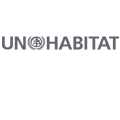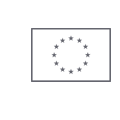UNDG-ECHA Guidance Note Natural Resource Management in Transition Settings
 Photo: UN Habitat
Photo: UN HabitatConflict stems from and is fuelled by a variety of factors. Among these, natural resource related issues figure prominently. Since 1990, at least 17 violent conflicts have involved the exploitation of natural resources. Research further suggests that over the last 60 years at least 40 per cent of all intrastate conflicts have a link to natural resources. These statistics provide a clear basis for United Nations Country Teams (UNCTs) and UN Missions to incorporate principles and practices that promote the equitable, transparent and sustainable management of natural resources into transition planning processes and activities. This guidance note aims to help UNCTs and UN Missions understand the negative and positive roles that natural resources can play in peace consolidation. It provides practical guidance to assist in thinking through how natural resource management principles and practices can feed into transitional analysis and planning frameworks including: Post Conflict Needs Assessment (PCNA), Integrated Mission Planning Process (IMPP), Peacebuilding Frameworks and Tools, the UN Common Country Analysis (CCA) and the UN Development Assistance Framework (UNDAF). While not relevant in every setting, the guidance offers diagnostic tools to assist those on the ground in deciding where and when such issues need to be addressed, how this can be done, what types of roles the UN can take on, and how the UN can support other actors. This guidance note draws from and builds upon the guidance notes on natural resources and conflict prevention produced by the EU-UN Partnership on Land and Natural Resource Conflicts: Extractive Industries and Conflict; Renewable Resources and Conflict; Land and Conflict; Capacity Development for Managing Land and Natural Resources; and Conflict Prevention in Resource Rich Economies.










